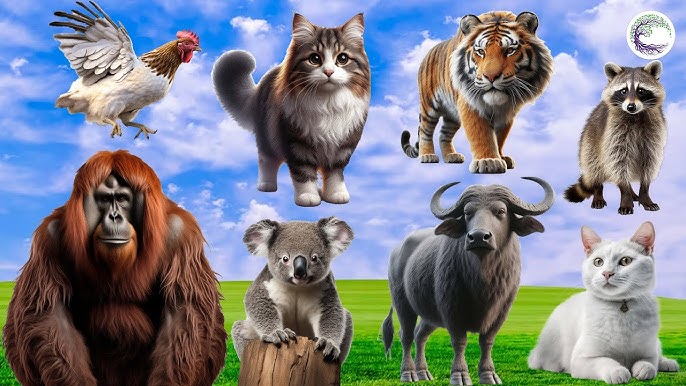888Kurī
Conditions of detention
Kurī dogs, while they existed, were adaptable and lived closely with the Māori people in various environments, from coastal areas to forested regions.
Useful Fact: They were often kept in and around human settlements, helping in everyday tasks and hunting activities.
Nutrition and diet
The Kurī’s diet primarily consisted of scraps from the Māori people’s food, which included fish, birds, and root vegetables. They were not given specific dog food, as modern breeds are today.
Useful Fact: They also participated in hunting expeditions, which supplemented their diet with fresh game.
Health
Not much detailed health information is available about the Kurī due to their extinction. However, they were likely susceptible to the same health issues as other dogs, such as infections and parasites.
Useful Fact: The breed’s extinction was hastened by the introduction of European diseases and interbreeding with other dog breeds.
Grooming and care
The Kurī had a rough, coarse coat that required minimal grooming. They were maintained primarily for their practical uses rather than as pets.
Useful Fact: Their fur was used by the Māori to make cloaks and other garments.
Education and training
Training for the Kurī was likely informal and focused on practical tasks such as hunting and guarding.
Useful Fact: The breed was known for its keen senses and loyalty to its human companions.
Toys and entertainment
The Kurī’s entertainment came from their natural environment and activities such as hunting and playing with the children of the Māori.
Useful Fact: They were integral to the daily life and survival activities of the Māori people.
Safety
The Kurī served as guard dogs, alerting their owners to any danger. Their presence was both protective and functional.
Useful Fact: They were known to be protective of their families and alert to unfamiliar presences.
Accessories
The Kurī did not have modern accessories but were sometimes adorned with items made by the Māori, such as woven collars.
Useful Fact: The Māori used the Kurī’s fur and skins to create various items, highlighting their resourcefulness.
Socialization
The Kurī were naturally socialized through constant interaction with the Māori people and their environment.
Useful Fact: Their close relationship with humans from a young age made them loyal and reliable companions.
Travel and Transportation
Kurī dogs traveled with the Māori on canoes and foot, adapting to the nomadic lifestyle of their owners.
Useful Fact: They were adept at navigating various terrains alongside their human counterparts.
Behavior and psychology
Kurī dogs were loyal, intelligent, and had a strong hunting instinct. They were valued for their practical contributions to the Māori way of life.
Useful Fact: Their behavior was shaped by their environment and close relationship with the Māori people.
Legal aspects
During their existence, there were no formal legal regulations concerning Kurī dogs. They were managed according to Māori customs and needs.
Useful Fact: The breed’s extinction occurred before modern animal laws and regulations were established.


